7월 31, 2025

Learn how small businesses are navigating the process of shipping to Amazon FBA warehouses—and get tips to ship smarter with Freightquote.
Continue Reading
7월 28, 2025
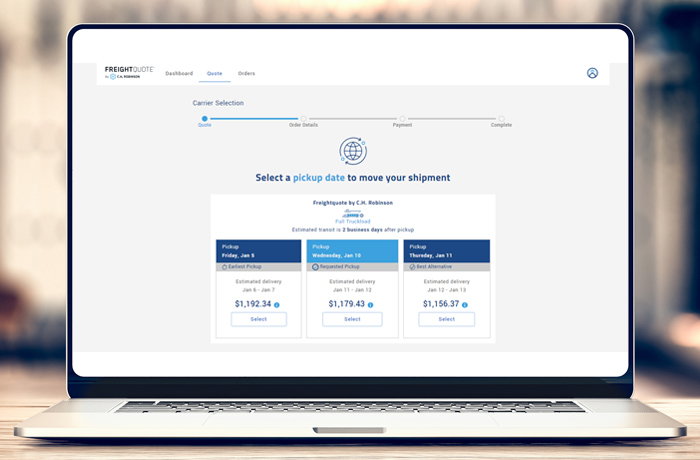
Get started with step-by-step instructions to book a freight shipment to Amazon with preferred carriers.
Continue Reading
7월 19, 2025
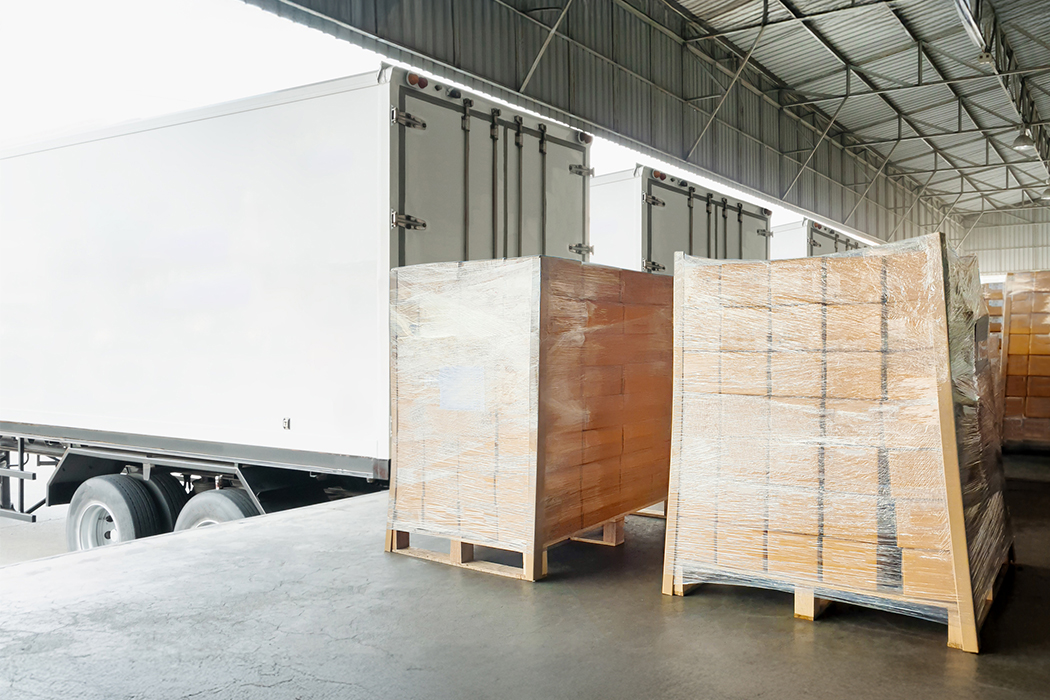
Learn about freight class, upcoming NMFC changes, and how Freightquote by C.H. Robinson makes shipping easier with accurate freight classification.
Continue Reading
7월 14, 2025
By Mike Ryan, Vice President, North American Surface Transportation | C.H. Robinson
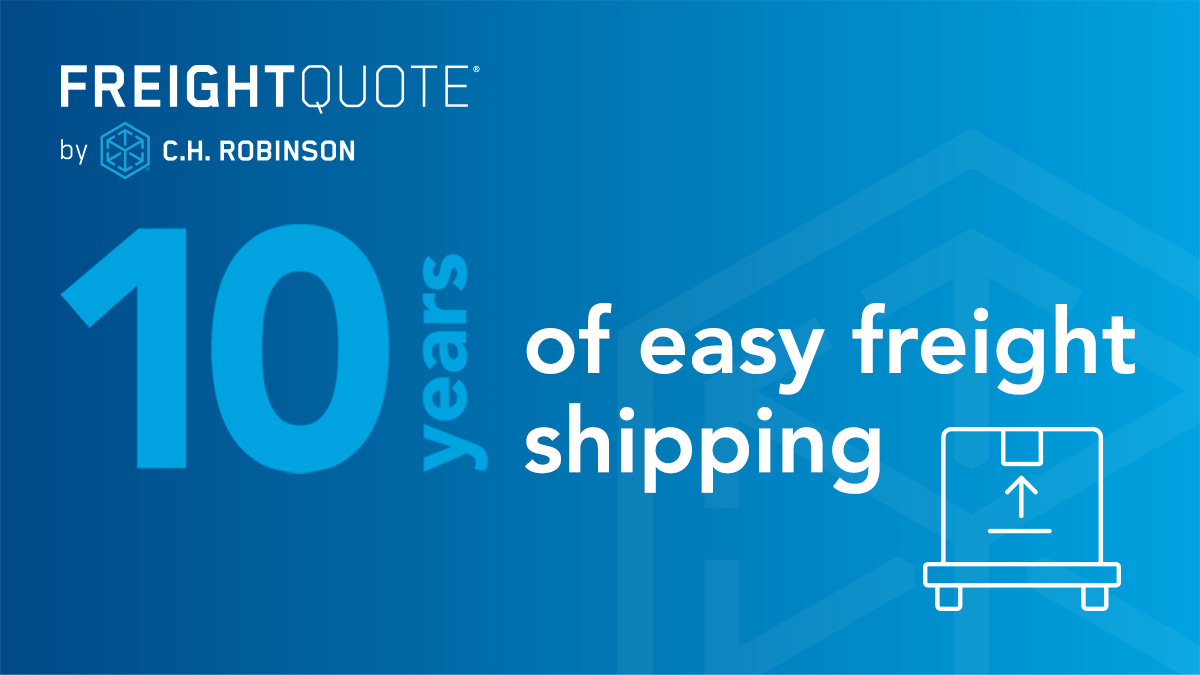
Celebrating 10 years of Freightquote by C.H. Robinson—innovation, growth, and simplifying shipping for small businesses nationwide.
Continue Reading
5월 29, 2025

Discover how Freightquote helps you save on small businesses shipping with competitive rates, smart tools, and flexible freight options.
Continue Reading
4월 24, 2025
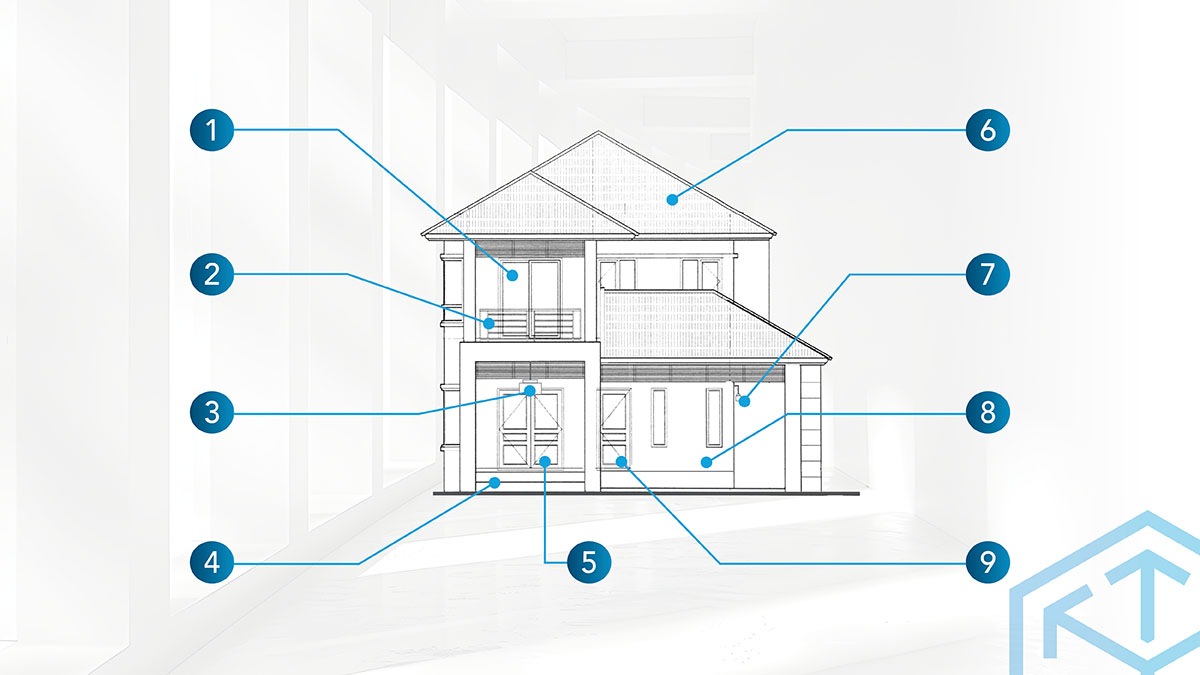
Learn how to ship construction materials safely and cost-effectively with expert tips on packaging, carrier selection, and avoiding extra fees. Infographic included.
Continue Reading
4월 15, 2025

Become an experienced shipper in minutes with Freightquote's easy online tool! Get started with step-by-step instructions to book your truckload/dry van freight shipment.
Continue Reading
4월 7, 2025

Dive into our user guides and start mastering Freightquote.com today. Get started with step-by-step instructions to book your standard LTL shipment.
Continue Reading
3월 25, 2025

Book a shipment in minutes with Freightquote's user-friendly online tool! Follow our step-by-step guide to effortlessly book your dedicated flatbed shipment.
Continue Reading
3월 12, 2025

Become an experienced shipper in minutes with Freightquote's easy online tool! Get started with step-by-step instructions to book your Canadian freight shipment today.
Continue Reading
2월 27, 2025

See what it takes to ship auto parts effectively. Discover expert tips, real-world examples, and essential strategies for success.
Continue Reading
1월 23, 2025

Learn how to ship to and from Canada with ease! Discover tips on customs, paperwork, and reducing costs while streamlining your cross-border logistics.
Continue Reading
12월 19, 2024

Discover 5 insider shipping tips from 2024 to save time, cut costs, and streamline your supply chain in 2025.
Continue Reading
12월 16, 2024

Use our quick tips and references to learn how you can easily track important information about your freight shipments online.
Continue Reading
11월 26, 2024

Ship it forward this November. Find out how Freightquote is supporting you this Small Business Saturday and all year long.
Continue Reading
10월 29, 2024

Get ahead of your competition with smart shipping tips that can help small businesses plan for success and avoid costly mistakes during the busiest time of year.
Continue Reading
9월 26, 2024
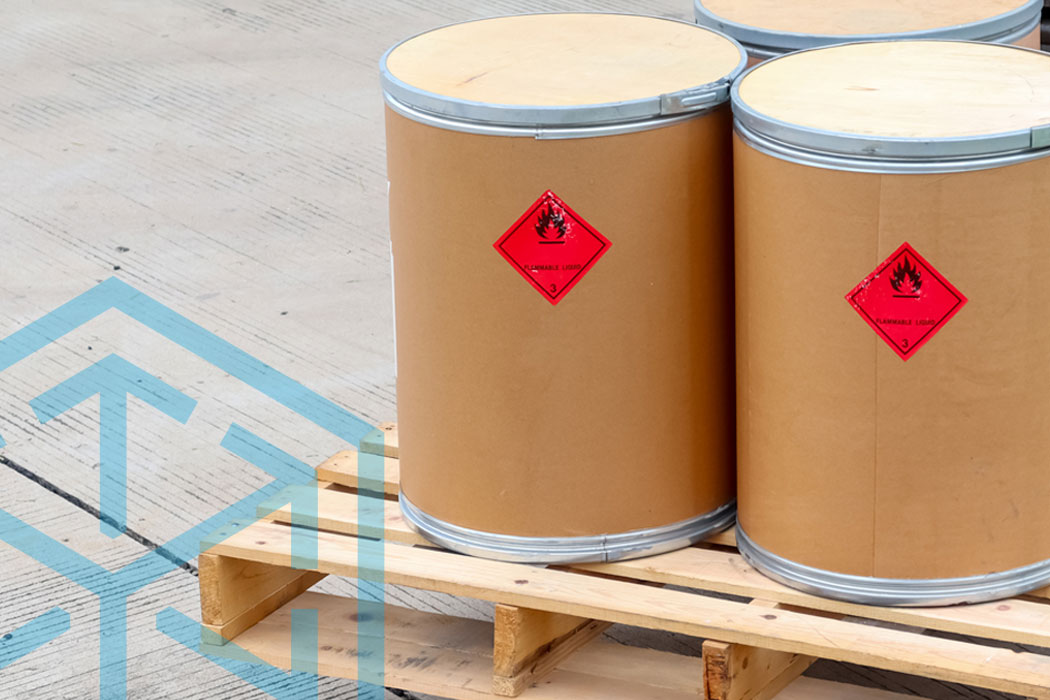
Learn how to safely and efficiently ship hazardous materials with Freightquote. Our simple online platform makes it easy to ship safely at competitive rates.
8월 27, 2024

Improve your ecommerce experience with LTL freight quotes right in your shopping cart. The Eniture app makes it easy to get it done.
7월 25, 2024

Less-than-truckload pricing can seem complicated, but our freight expert helps clear it up. Check out our post to see how LTL freight pricing is determined.
Continue Reading
7월 1, 2024

Find out how FOB shipping terms can impact your small business’s bottom line and delivery success.
Continue Reading
6월 20, 2024

Want to earn exclusive discounts and freight shipping rewards? Join Freightquote Rewards loyalty program and start saving today.
Continue Reading
5월 30, 2024
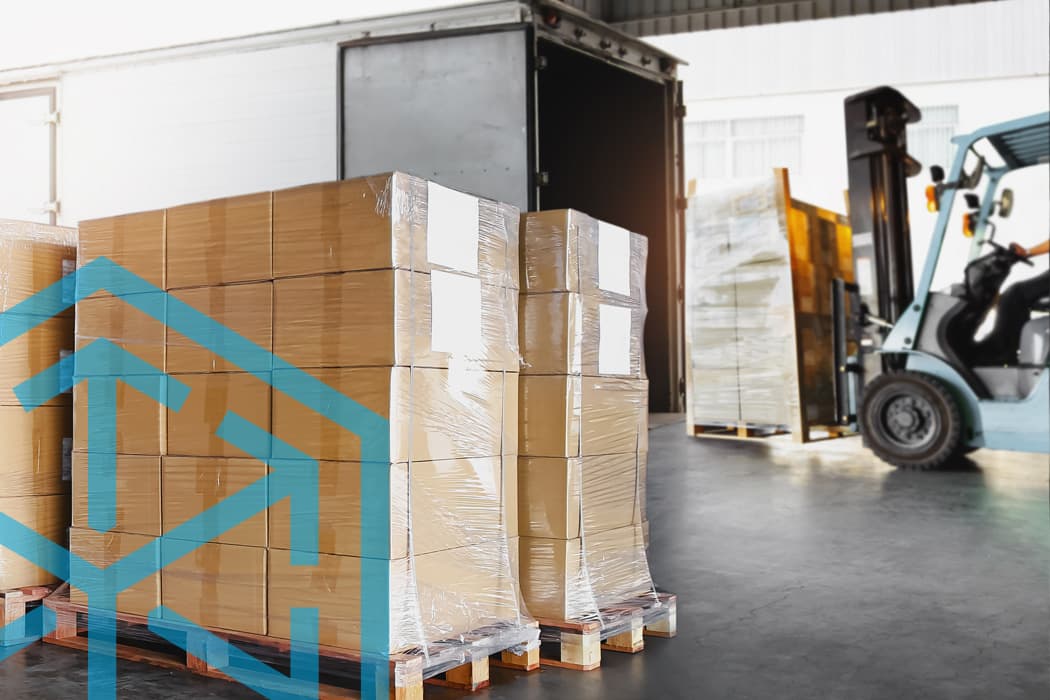
Wondering how to get the best LTL rate? Find out how to ensure you shipment details are accurate and avoid additional LTL carrier fees.
Continue Reading
4월 25, 2024

Find out how a freight broker can help with your small business shipping. Our latest blog explores the benefits and how to find the right freight broker for you.
Continue Reading
3월 29, 2024

Find out which type of coverage is right for your freight shipment. Learn the key differences between carrier liability and shipper’s freight insurance.
Continue Reading
2월 29, 2024

Find out how Fulfilled with Love was able to streamline their small business shipping with Freightquote, saving time and money—and how you can, too.
Continue Reading
2월 1, 2024

Navigate the complexities of less than truckload shipping with ease. Follow these steps at your LTL pickup to make shipping more simple.
Continue Reading
1월 25, 2024

Unlock the secrets to shipping savings! Discover five practical tips to trim down expenses, boost efficiency, and enhance the bottom line for your small business.
Continue Reading
12월 19, 2023

Ship smart with tips from Freightquote. Check out our video guide to get helpful info on less than truckload shipping for your business.
Continue Reading
10월 26, 2023
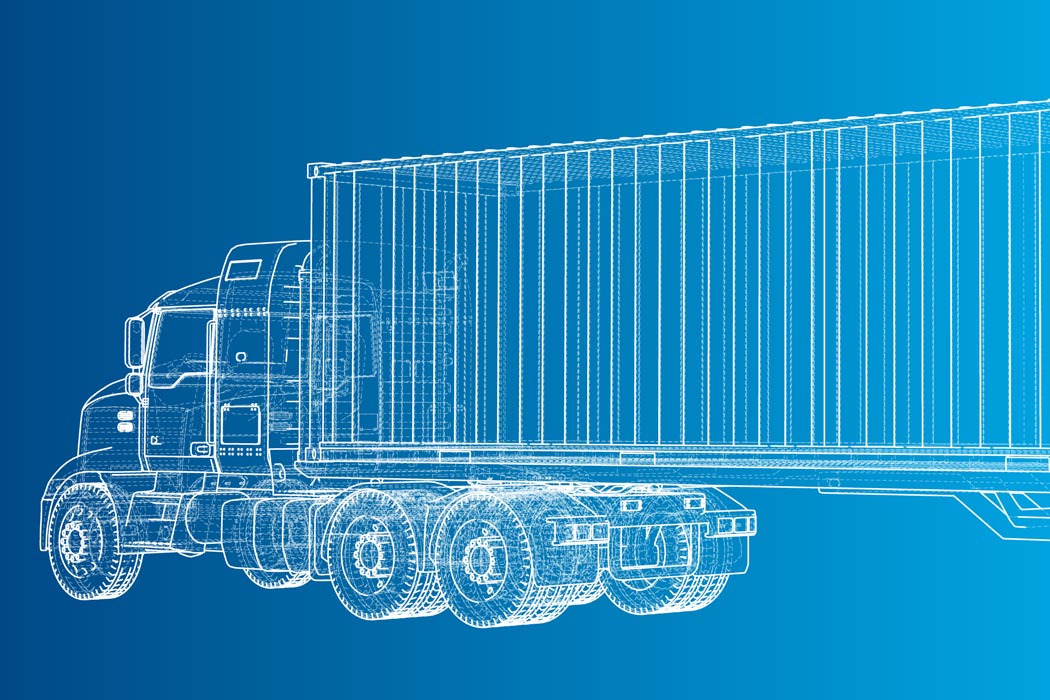
Full truckload (FTL) vs. less than truckload (LTL): what are they and when do you use them? Compare full truckload and less than truckload services to find out which is the right solution for your freight.
Continue Reading
9월 26, 2023
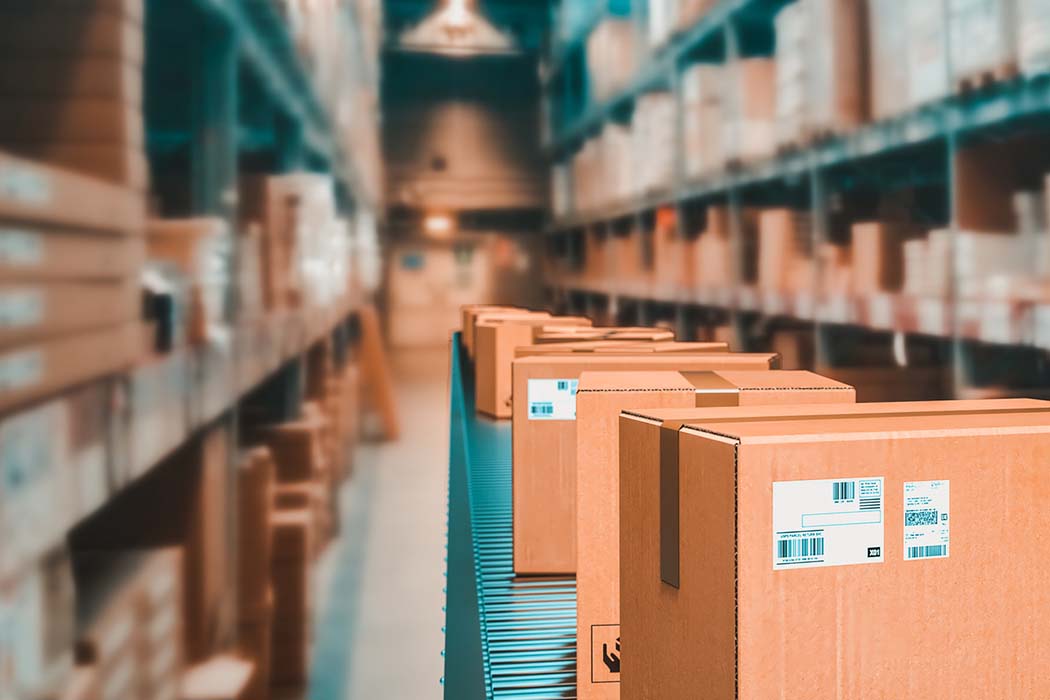
Wondering how to choose between parcel and less than truckload shipping? Learn more about package and LTL shipping and find out which is best for your freight.
Continue Reading
7월 18, 2023
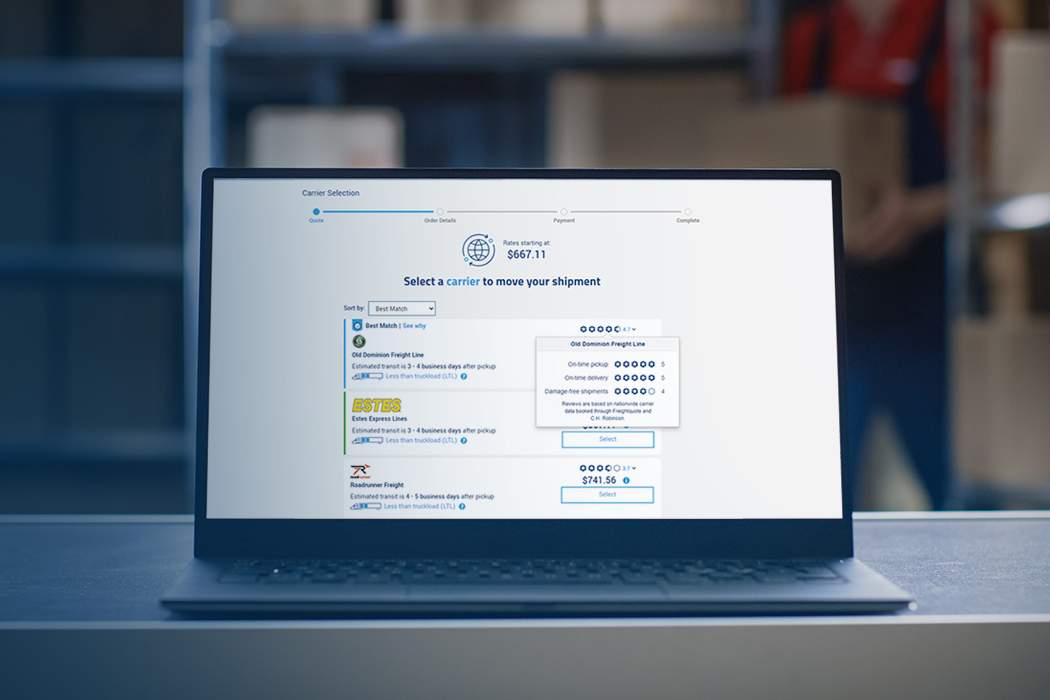
Valuable LTL carrier ratings educate and empower small business owners to make informed decisions and find top LTL carriers.
Continue Reading
6월 20, 2023
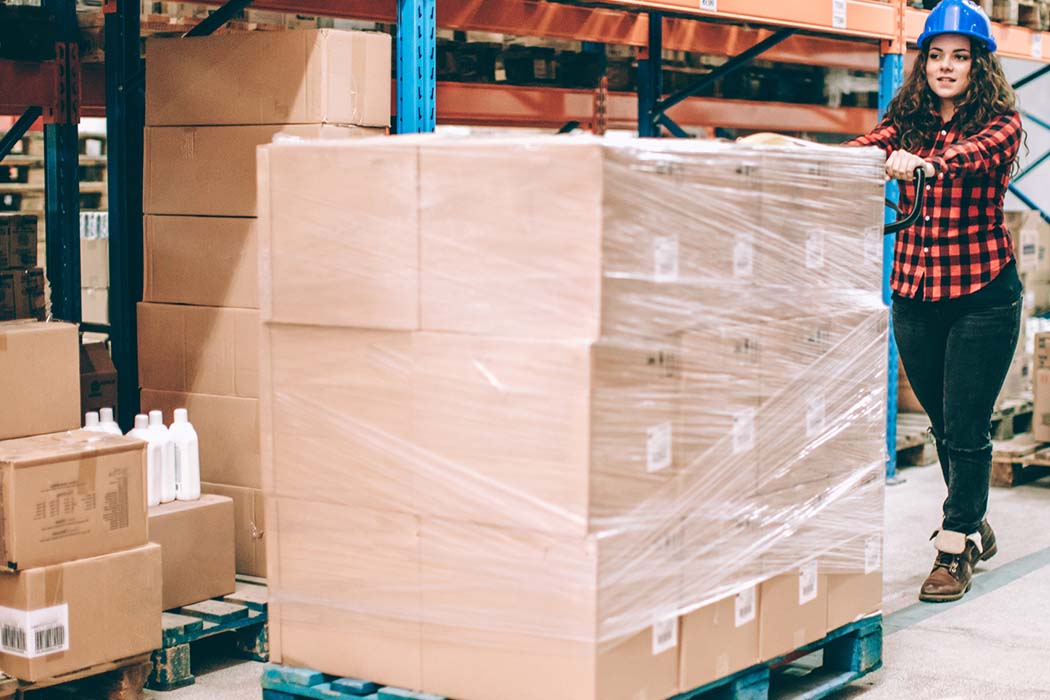
Avoid potential pitfalls in your small business freight shipping. Learn three common shipping mistakes and get strategies for what to do instead.
Continue Reading
5월 23, 2023
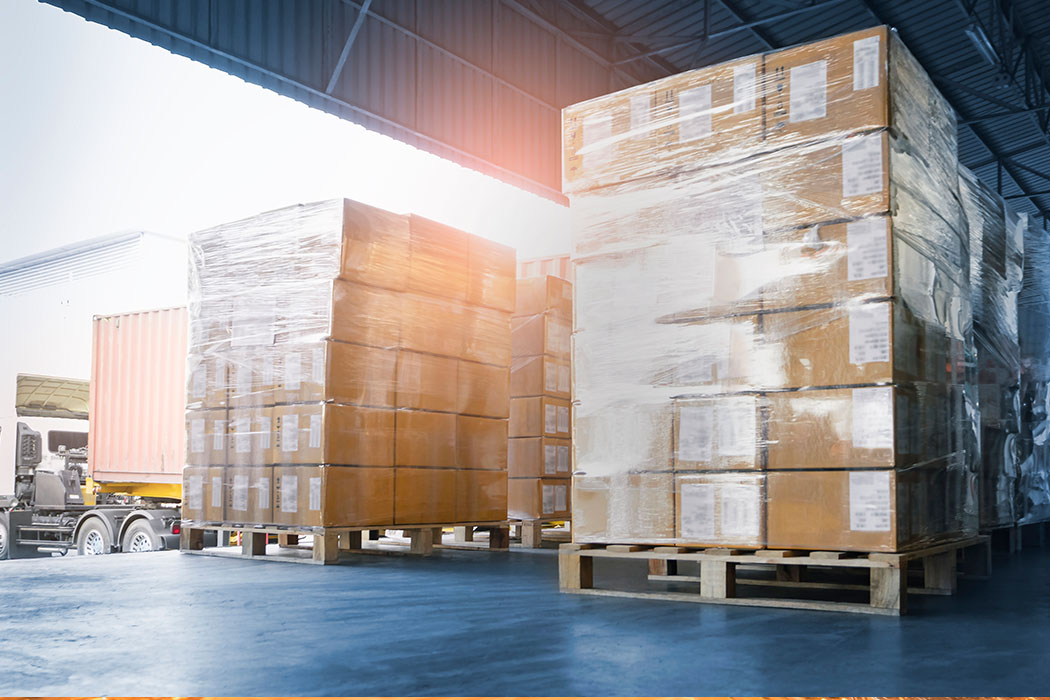
Save on less than truckload (LTL) shipping costs with these four easy strategies for keeping your freight budget friendly.
Continue Reading
3월 16, 2023
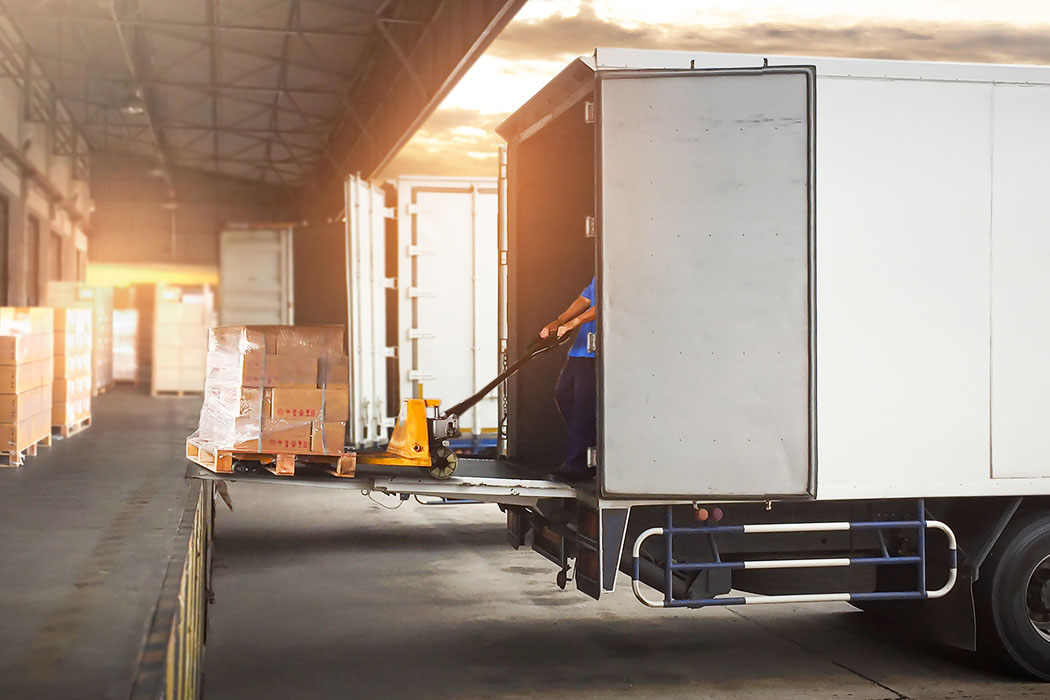
Freightquote by C.H. Robinson vets and scores carriers quarterly to ensure our network of more than 85,000 contract carriers is reliable for your freight shipments.
Continue Reading
2월 16, 2023
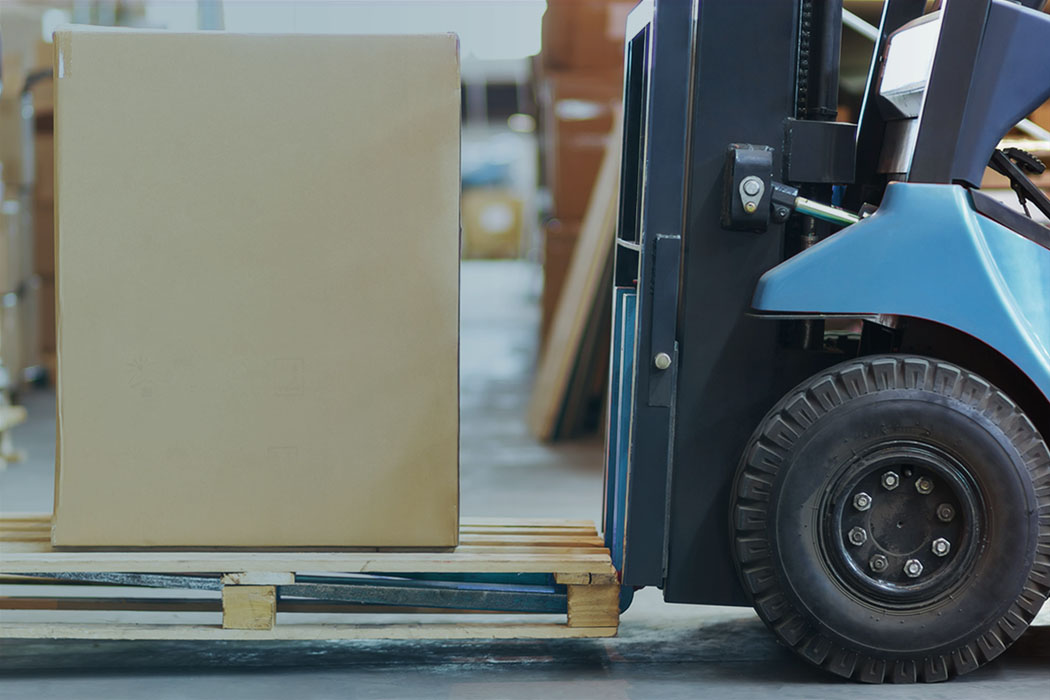
Follow our accurate quote tips to determine your shipment’s weight – even if you don’t have a freight scale. Read the tips now.
Continue Reading
1월 19, 2023

Shipment quoting is simple at Freightquote. Use our expert tips for accurate quotes from multiple, vetted carriers.
Continue Reading
11월 1, 2022

Learn about four of the most defining features of freight carriers that can determine which service is best for your products and customers. Contact us today!
Continue Reading
10월 18, 2022
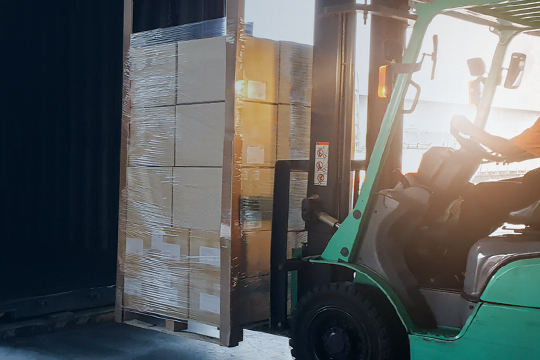
Whether you ship locally or across the country, FOB and the terminology surrounding it has important implications for your business. To help you optimize your shipments, our guide will walk you through the basics of what FOB means and how you can navigate the liability, profitability, and risks.
Continue Reading
10월 11, 2022

Classifying your freight can be a serious headache. While the freight class system created by the National Motor Freight Traffic Association (NMFTA) has played a critical role in the LTL shipping industry, its codes and references quickly become a difficult maze to navigate.
Continue Reading
9월 20, 2022

Freight classes offer a standardized method for identifying how difficult it is to ship a particular type of freight, giving both shippers and carriers consistently fair pricing. However, the price for shipping is more than just a standard rate: you’ll also need to consider tariffs and additional fees associated with the established freight class and destination.
Continue Reading
6월 22, 2022
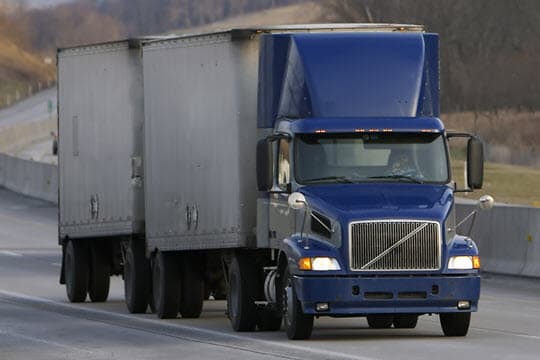
Learn how to find your ideal LTL freight carrier and discover methods you can use to ensure you get the best rates and services. Contact us to learn more!
Continue Reading
5월 25, 2022
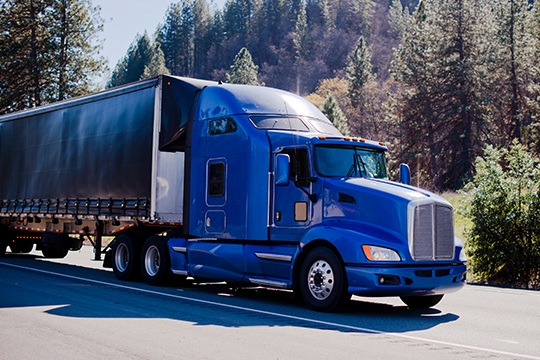
What are freight transport services to begin with? A simple definition describes freight transport as a process for moving goods by land, air, and sea. Making up the bulk of that transportation in the U.S. is the trucking industry.
Continue Reading
1월 12, 2022

Dry van shipping is one of, if not the most popular and sought-after freight transportation methods. Shippers strongly prefer this method due to the high availability and numerous advantages of having an enclosed trailer during the transportation process.
Continue Reading
11월 17, 2021

At Freightquote, we treat every day like it's Small Business Saturday. Find out what promotions we're doing this year and discover all the different ways we help small businesses year round!
Continue Reading
11월 3, 2021

Discover what Freightquote's tools for Etsy sellers means for small businesses. Save money and time on shipping with Freightquote’s powerful quoting tool for small business shipping.
Continue Reading
10월 28, 2021
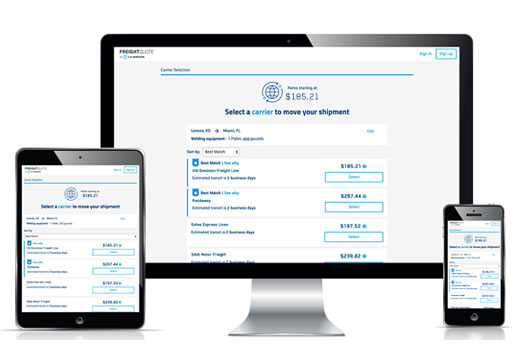
Find out how our free quote tool gets you the best freight rates every time. Explore our large carrier network and compare quotes to save time and money on your shipments.
Continue Reading
10월 15, 2021

Learn about six different methods that small businesses are using to overcome supply chain interruptions during peak season.
Continue Reading
10월 14, 2021

Learn about the supply chain interruptions that are affecting the global economy and find out how small businesses are overcoming their own unique challenges.
Continue Reading
6월 3, 2021

Thanks to technological progress, we can ship produce and other perishable goods at temperatures that keep them fresh and delicious. This method of shipping is known as temperature-controlled shipping and it’s the key to shipping fresh produce.
Continue Reading
5월 26, 2021

Logistics experts and carriers have spent decades trying to get perishable goods from one location to another while maintaining freshness. In this article, we'll explain how to send fresh goods to your customers using temperature-controlled shipping. We'll also explore the unique needs of different food and produce items to help you make the best choice for your goods.
Continue Reading
10월 30, 2020

When it comes to getting a shipping quote, entering the characteristics of your freight correctly is essential to getting an accurate quote. Detailed and exact information about your freight not only gives you an accurate quote, it also saves you stress, time and money.
Continue Reading
10월 22, 2020

Learn the best freight packaging tips on how to properly package, load and secure your freight for shipment and transit.
Continue Reading
9월 18, 2020

Today’s small businesses are doing it all, from digital marketing and social media to shipping and logistics. While it’s not cost-effective to outsource every department, your shipping needs can be met by choosing the right freight service provider – all without paying extra.
Continue Reading
9월 15, 2020

Less than truckload (LTL) shipping is a popular, cost-effective freight option for small businesses. With the ability to share space on a truck, they save money and get the added bonus of real-time updates on shipments (LTL freight usually has more stops).
Continue Reading
8월 19, 2020

Tower Inspection, Inc. specializes in the inspection, maintenance and installation of towers and related antennas worldwide. With end customers such as the U.S. Navy and clients such as AT&T, Verizon, and Sprint, Tower Inspection must have a reliable freight shipping provider able to quickly and efficiently transport large equipment to and from various locations across the U.S.
Continue Reading
8월 18, 2020

Understanding these 5 considerations when choosing your freight shipping company can help you not only avoid them, but also find a long-term partner for all of your freight shipping needs.
Continue Reading
8월 12, 2020

Tower Inspection, Inc. specializes in the inspection, maintenance and installation of towers and related antennas worldwide. With end customers such as the U.S. Navy and clients such as AT&T, Verizon, and Sprint, Tower Inspection must have a reliable freight shipping provider able to quickly and efficiently transport large equipment to and from various locations across the U.S.
Continue Reading
7월 20, 2020

Learn the definitions of the most common freight shipping terms with our helpful guide and glossary containing every term you need to know for small-business shipping.
Continue Reading
7월 17, 2020
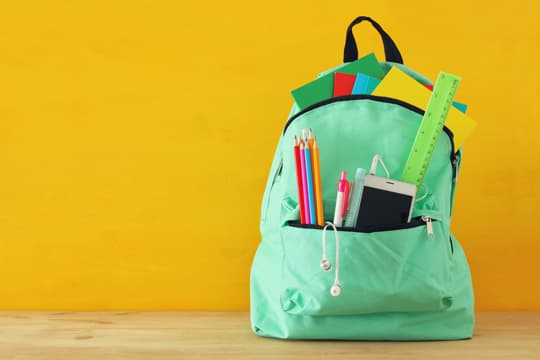
Get tips on how to deliver your back to school supplies safely and on time. Freightquote provides small business shipping services and low quotes.
Continue Reading
7월 15, 2020
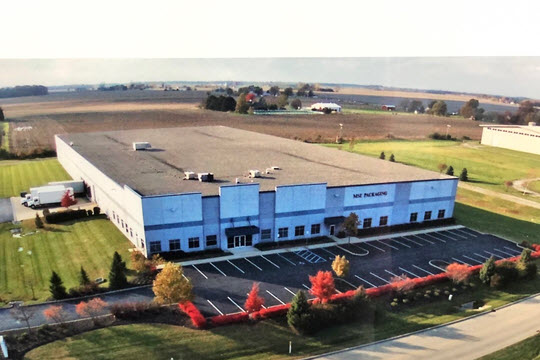
MSI Packaging is just one of the many companies that rely on Freightquote for all their freight shipping needs. We invite you start the quoting process and see how much you can save by using Freightquote today.
Continue Reading
6월 25, 2020

Business owners consider cost when making any one of a million daily decisions. Here are some great ways to reduce that cost when managing parcel shipping for your business.
Continue Reading
6월 4, 2020

While stay-at-home orders continue to evolve in the U.S., sales in ecommerce are on the rise. Industries such as exercise equipment, health supplements, and kitchenware for example, are all experiencing a spike in sales.
Continue Reading
6월 1, 2020

The coronavirus pandemic has changed the way we do business in America. As shutdowns and restrictions begin to lift, all business owners are now faced with the latest challenges of reopening their doors post COVID-19.
Continue Reading
5월 26, 2020
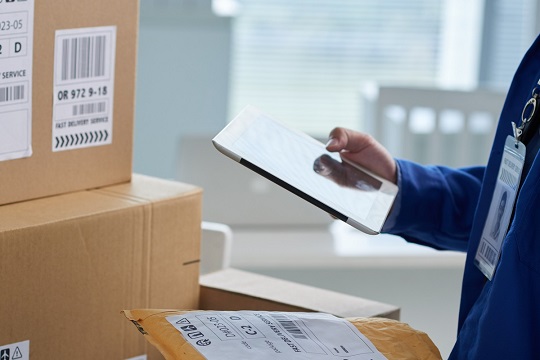
Although the global pandemic has impacted small businesses, many of them are still open for business and shipping products to customers. Although the global pandemic has impacted small businesses, many of them are still open for business and shipping products to customers.
Continue Reading
5월 21, 2020

Produce season is here, which means a large volume of fruits and vegetables are being shipped all over the country. To get your produce delivered fresh and on time, you’ll need to keep it cold and secure. You’ll also need to work with a reliable carrier that’s experienced in shipping food.
Continue Reading
5월 12, 2020

Small businesses across the U.S. are doing their best to get creative and assess all options while much of the country’s economy has shut down during the coronavirus pandemic. Here’s a look at the trends in both LTL and TL freight shipping.
Continue Reading
3월 30, 2020

COVID-19, or Coronavirus, has impacted many businesses recently. How is it impacting small businesses and what can you do to combat the changes?
Continue Reading
1월 31, 2020

The cost of an LTL shipment is one of the most important factors for SMBs. Though, maybe the factors impacting cost are what SMBs should be focusing on.
Continue Reading
1월 7, 2020

Leveraging the quiet season for your business means first understanding what the quiet season is and how it impacts the market. Learn how you can use this season to the advantage of your business.
Continue Reading
1월 3, 2020

Taking a look at the past year shows us a favorable market for shippers. How should you plan ahead to anticipate a market with fluctuating freight rates in the future?
Continue Reading
12월 27, 2019

Rates often reach a high point during the holidays. Though, as we head into 2020, it appears that rates may continue to to rise beyond December.
Continue Reading
9월 18, 2019

If a loading dock is not available at your delivery site, for an additional fee, you can select “inside delivery” on most freight shipments. In this instance, the driver will carry your shipment through the threshold of the delivery location.
Continue Reading
9월 6, 2019

The retail boom may have a serious impact on your LTL shipping strategy. Being able to leverage this boom in your favor can keep your shipping approach headed in the right direction.
Continue Reading
8월 25, 2019

When determining your preferred LTL shipping method, there are two options that must be considered – consolidation and hub & spoke. Learn which one is best for you.
Continue Reading
7월 25, 2019

The back to school season is a time of the year that brings more consumer spending and demand in the market year after year. This can be an excellent time to take a second look at your truckload shipping strategy.
Continue Reading
7월 16, 2019

Shippers have seen and will continue to see the changes in technology around them. It's important to know how these changes will shape LTL shipping in the future and what is pushing that change.
Continue Reading
7월 6, 2019

Small businesses deal with many of the same issues as larger companies, but due to their nature and size, the challenges in front of them are increasingly more difficult to overcome. However, thanks to LTL shipping, small businesses have found a solution for many of their shipping concerns.
Continue Reading
6월 30, 2019
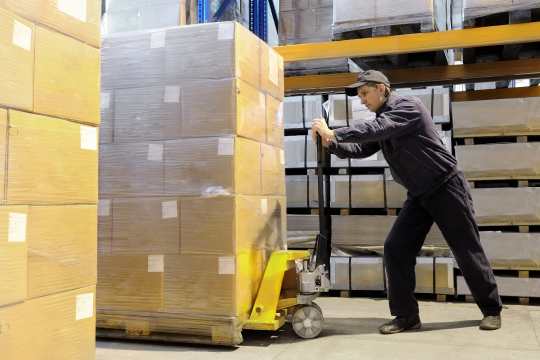
When you need to move less than a full truckload, finding the best shipping option is part science and part art. Find out how to save when sharing the ride.
Continue Reading
6월 15, 2019

The trucking industry is at a much higher risk during the winter months, so be sure to plan accordingly by adhering to these tips to minimize any potential issues.
Continue Reading
6월 14, 2019

FAK, NMFC, BOL, EDI, FOB, huh? If you find yourself frequently lost in acronym land, you must work in the transportation industry. Why? Because with all of the different terms used in the transportation and shipping industries, acronyms are a must! And while we all throw around these letters freely, their actual meaning often gets lost in the juggling.
Continue Reading
6월 3, 2019
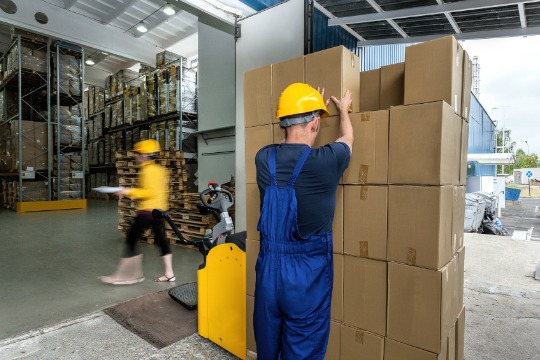
In physics, density is described as a measurement of how tightly matter is packed together. It explains why some objects float on water and some sink, like a plastic toy floating in a bathtub. While density sits within the foundation of physics, it also takes on a crucial role in LTL freight shipping.
Continue Reading
6월 2, 2019

When you have goods that need to deliver right now, there's no time to waste. Time constraints are exactly why you may be interested in expedited shipping. In this post, we take a look at the most common questions surrounding expedited shipping in an effort to help you decide when this option is a fit.
Continue Reading
5월 23, 2019

Shipping can be one of the most time-consuming and frustrating challenges facing small business owners. But, with our Volume API technology, the process can be simplified and the best available rates can be acquired.
5월 21, 2019

The freight shipping process can appear complex on the surface, especially to first time shippers. While we all wish shipping freight could be as simple as sending a message in a bottle, the reality is, there are a number of regulations and processes in place to ensure valuable freight is safely delivered to its final destination. In this list, we've put together 10 of the most common freight shipping questions to help clear the air and simplify the process from start to finish.
Continue Reading
5월 4, 2019
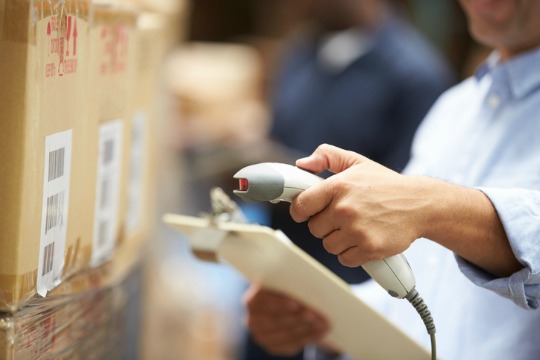
Accidents happen. Whether you’re a small business owner or a logistics professional, you will very likely encounter a time when a shipment is damaged in transit. When this occurs, freight claims come into play.
Continue Reading
4월 22, 2019

Supply and demand fluctuate, making rate contracts very important to your business. Learn how a rate contract can help ease the financial pressure off of your business during times of imbalance.
Continue Reading
4월 19, 2019

The bill of lading (BOL) can act as a legally binding document between the carrier and shipper that specifies all of the details needed to process a freight shipment.
Continue Reading
4월 7, 2019

The phrase special delivery often creates a sense of excitement that someone is about to get something really great. Well, if one considers extra fees a prize, they’re in luck!
It’s more likely, though, someone is not expecting to pay extra for a delivery to a location considered special, which are more commonly called Limited Access or Non-Commercial destinations.
3월 11, 2019

Success in the freight industry can hinge on market demand shifts and the preparation for them. See if your truckload shipping strategy has you ready for these types of shifts.
Continue Reading
2월 22, 2019

You're looking for the best rate on your ltl shipment, so where do you start? Learn more about the impact that accuracy has on your LTL shipping quote.
Continue Reading
1월 30, 2019

As technology continues to develop it's no surprise that the freight industry is developing along with it. Learn how technology advancements through the use of dimensionalizers are impacting LTL shipping.
Continue Reading
1월 30, 2019

As a retailer, LTL shipping can help you keep the pace with customer expectations. Become more efficient by learning how LTL shipping can help focus your logistics strategy.
Continue Reading
1월 24, 2019
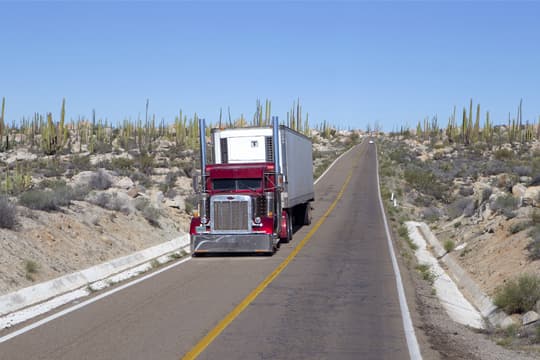
When the winter chill sets in across the United States, it's not hard to see how the cold might impact freight shipments. When cargo is temperature-sensitive, but still has to move, temperature-controlled shipping is the answer.
Continue Reading
1월 24, 2019

2019 is currently underway, and the freight industry is picking up its pace for the months ahead. Learn the current state of freight shipping and the trends impacting it to plan efficiently for what's to come.
Continue Reading
1월 17, 2019
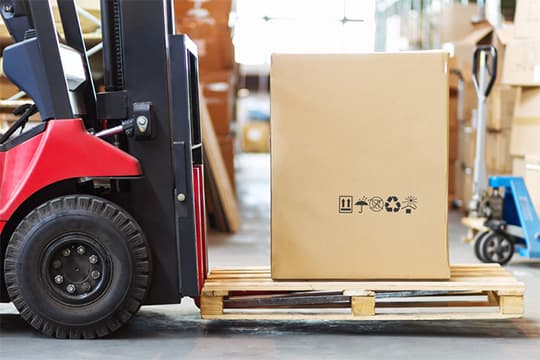
There are various techniques shippers can use for packaging LTL depending on the size and contents of each shipment. Learn how an effective packaging strategy can help to protect your shipment and secure capacity.
Continue Reading
1월 13, 2019
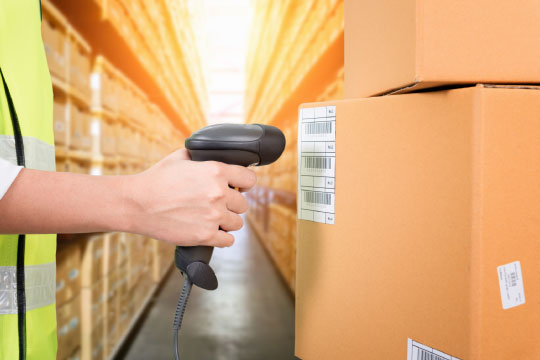
You've dotted the i's and crossed the t's with your freight shipment - from arranging proper packaging and accurately filling out all of the necessary paperwork, to declaring the correct NMFC freight classification - now it's on its way and out of your hands. But don't worry, LTL tracking allows you to stay connected from point A to point B.
Continue Reading
12월 27, 2018

2018 was a year full of ups and downs for the freight shipping industry. Learn how Freightquote helped shippers and carriers through guides, covering freight shipping trends and more.
Continue Reading
12월 13, 2018
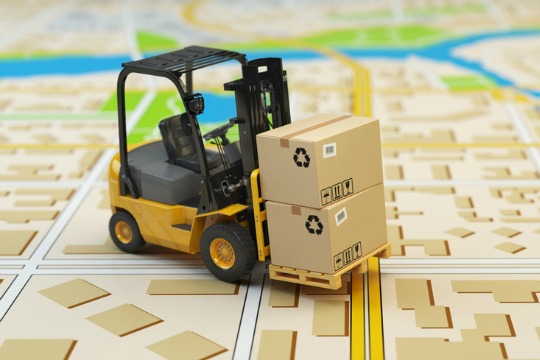
When you ship goods to different locations throughout the United States, you may notice freight rates fluctuate depending on the origin and destination.
While there is a pretty widely used formula for generating freight rates, each state is unique and a number of state-specific factors can affect freight costs throughout the year. Here is a state-by-state list of shipping facts that explain how rates are impacted when shipping to or from any of the 50 states.
Continue Reading
12월 12, 2018

Flatbed rates are always changing, but why? Let’s break down a few factors to get to the bottom of what determines flatbed rates and quotes.
Continue Reading
12월 11, 2018

The freight shipping industry is filled with paperwork, proposals, and acronyms. Acronyms shippers will often use are RFP, which means “request for proposal,” and RFQ, which means “request for quotation.” Both of these kinds of documents are designed to help to align pricing and services with shipping needs.
Continue Reading
11월 29, 2018
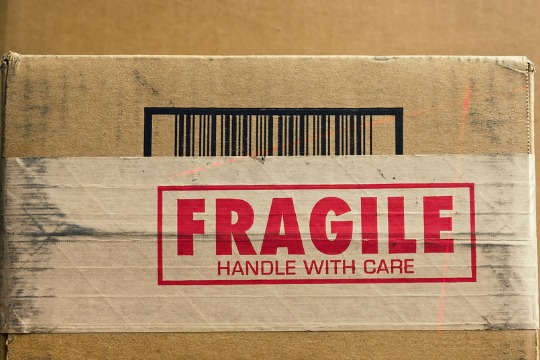
If you’ve ever shipped freight, you probably understand that accidents and natural occurrences can impact goods as they are shipped. Try not to worry though. There are measures in place, including carrier liability, to protect your goods through the rigors of over the road transportation.
Continue Reading
11월 21, 2018

The freight shipping industry is filled with competition to garner the attention and business of prospective shippers. Too often, a shipping company will promote a “free quote” or offer of that nature without focusing on what the customer is looking for, which is typically a service.
Continue Reading
11월 15, 2018

The electronic logging device (ELD) mandate, announced by the Federal Motor Carrier Safety Administration (FMCSA), has made a splash in the industry since its release. Read how the mandate could be affecting you today.
Continue Reading
11월 9, 2018

The flatbed shipping market is always fluctuating, but that is no excuse for being unprepared. Learn more about how to work around the flatbed market, now and tomorrow.
Continue Reading
11월 7, 2018

The list of products hauled by flatbed is long and diverse, everything from construction material to airplane wings. When you consider the trailer variations needed to move this assorted freight, finding the right truck may seem like a challenge - flatbed shipments do require special attention to detail.
Continue Reading
11월 7, 2018
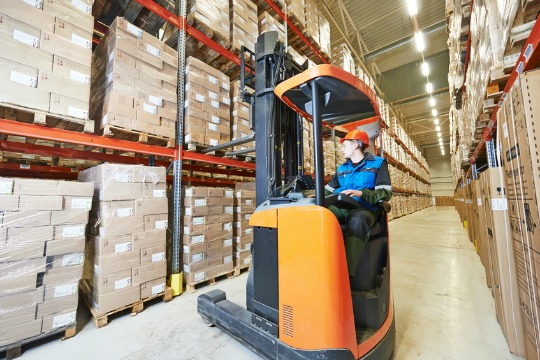
For the thousands of distribution centers in the United States, effective management of inbound and outbound logistics is the key to success. As millions of goods are warehoused, sorted and distributed each shipment in or out is crucial in keeping the supply chain moving.
Continue Reading
11월 5, 2018

Who knew that
freight shipping could be so complex? The freight industry is multi-faceted and ever-changing and navigating the intricacies of the shipping world can be an overwhelming task.
10월 29, 2018

As manufacturing, transportation and almost every aspect of society progresses with modern advances, the dependency on the Internet of Things (IoT) expands and impacts our everyday lives. By the year 2020, there will be 25 billion connected devices in use, representing a 30-fold increase over today.
Continue Reading
10월 26, 2018

While you may think that an RFP is solely used to leverage the right pricing for your shipping needs, there are also other factors to consider. Take a deeper dive into other reasons an RFP might be the right next step for you.
Continue Reading
10월 25, 2018

When confronted with the task of having to ship freight, it’s common to be faced with a number of challenges, especially when the proper knowledge or partnerships aren’t in place. These challenges can range from personnel all the way through delivery.
Continue Reading
10월 18, 2018
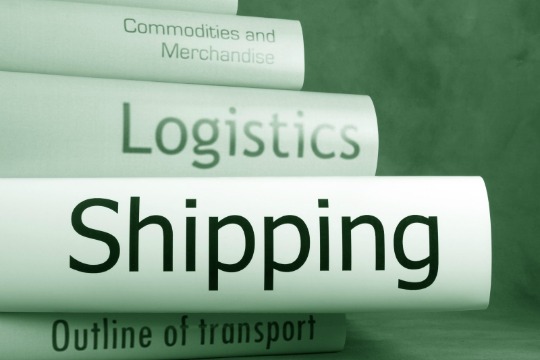
Similar to most industries, there are terms used in freight shipping that might befuddle those without experience. While the list is long, there are a handful of terms that stand out. With this in mind, we have put together a list of ten common freight shipping terms and definitions
Continue Reading
10월 16, 2018

Looking for facts about the history of freight shipping? Well then, you've come to the right place. We've put together a timeline with some of the most critical events that have helped shape today's freight shipping processes.
10월 16, 2018

Small businesses seeking to grow their business should partner with a freight service provider, as they offer excellent shipping and logistics expertise.
Continue Reading
10월 14, 2018

Many shippers come to Freightquote having previously negotiated their own less-than-truckload (LTL) rates – and some have even negotiated very good rates. It’s not unusual, however, for Freightquote to immediately be able to offer additional savings off of those well-negotiated freight rates.
Continue Reading
8월 29, 2018

Perishable foods, pharmaceutical goods and other temperature-sensitive materials call for a separate set of shipping requirements. Delivery windows are tight, costs can rise and your freight has an expiration date.
Continue Reading
8월 22, 2018
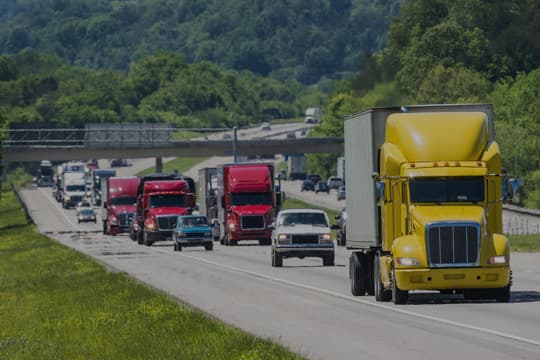
The capacity crunch has had an impact on shippers, carriers and almost anyone else within the freight industry. Though, could it be slowing down? Learn more about the current state of the capacity crunch and whether or not it is loosening up.
Continue Reading
7월 27, 2018

The customer experience is often at the forefront of a business’ success. Taking the steps needed to make sure a customer is satisfied with an experience can be difficult, but a good portion of that has to do with how you’re allocating your time and energy. With the help of technology like application programming interfaces (APIs), you can improve the customer experience and drive sales while allocating time to other aspects of the business.
Continue Reading
7월 25, 2018

Like most industries, technology has made an impact on LTL shipping in 2018, and its presence will likely continue to grow. Shippers, carriers and drivers alike have slowly but surely come to integrate technology into their processes, to the point where it has become an integral component.
Continue Reading
6월 21, 2018

We help businesses ship a wide variety of freight. Some of the most common goods shipped include furniture, auto parts, machines, food, home improvement wares and electronics. Along the way, we’ve found that the most commonly shipped goods typically come with their own sets of requirements. Some may demand specific temperatures and packaging, while others may need special services such as lift gates. If you’re looking to ship one of these types of goods, we have a few tips of our own on how to do so effectively.
Continue Reading
6월 7, 2018
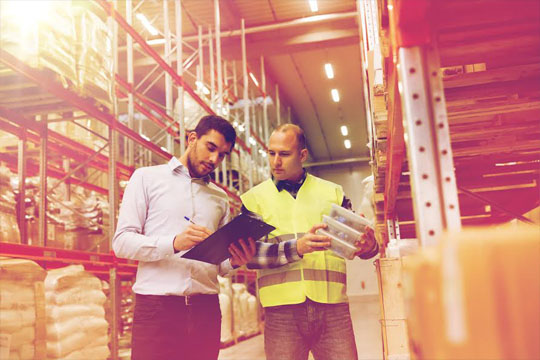
With tight freight capacity affecting every aspect of the industry, you may not know where to begin the shipping process. See how experts and technology can help fight the capacity crunch.
Continue Reading
5월 10, 2018

Learn about the several factors that have led to tight freight capacity in 2018 and how they have impacted the shipping market, truck drivers and your business.
Continue Reading
4월 20, 2018

The capacity crunch is not backing down, but there are a few key factors that will help you maneuver the difficult truckload shipping market. See how Freightquote can help you weather the storm.
Continue Reading
4월 10, 2018

Learn how undergoing a freight audit can help you identify savings opportunities and optimize your LTL shipping strategy.
Continue Reading
3월 22, 2018

Truckload capacity is having a hard time keeping up with the driver shortage and number of shipments. Learn how to position yourself as a preferred shipper and secure your load.
Continue Reading
1월 22, 2018

Whether using
LTL (less than truckload) or
full truckload services, freight shipping helps keep towns and cities flourishing by continuously trucking in goods. However, if you’re outside of the contiguous U.S. or shipping there, how do you get your shipments to where they need to go?
1월 16, 2018

Do you have questions about truckload shipping? Freightquote experts answer 5 common questions to ensure a better experience.
Continue Reading
1월 12, 2018

Whenever a purchase is made online, you will have to consider shipping costs. For small items, this is typically a smaller fee, but larger items can substantially impact the bottom line, especially for small business owners that are looking to expand.
Continue Reading
1월 4, 2018

Freight shipping can be a struggle if you don’t have a team of professionals to help you. We’ve identified some of the key challenges in freight shipping and how Freightquote is making an impact.
Continue Reading
12월 20, 2017

E-commerce is becoming the preferred way to shop for the majority of Americans. In fact, looking at 2017 industry statistics, it was
estimated that 51 percent of Americans prefer to shop online and that e-commerce is growing 23 percent year-over-year.
10월 13, 2017

Each method of freight transportation comes with advantages and challenges that impact both shippers and carriers who are hauling the freight. Learn more.
Continue Reading
8월 18, 2017
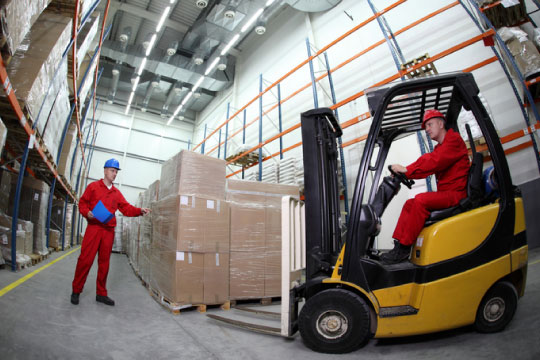
The Commodity Classification Standards Board (CCSB) has recently invoked new freight density changes that took full effect on Aug. 5th, 2017. These freight density changes will bring an immediate impact to how some products are now packaged, along with additional costs to shippers – particularly those shipping freight via
less than truckload (LTL).
8월 11, 2017

A consolidated shipment is the result of combining multiple LTL shipments from various shippers into one full container (multi-stop truckload) shipment. Consolidated shipping allows shippers to earn preferred rates and helps optimize supply chain logistics by saving time and reducing cost.
Continue Reading
7월 21, 2017

Yes, it’s still summer, but fall is on its way, which means General Rate Increases (GRIs) will soon follow. A General Rate Increase is the average increase of base shipping rates from carriers. Although some may consider the increase unnecessary, it’s all dictated by the supply and demand chain with the average increase around 4-6% each year.
Continue Reading
7월 20, 2017
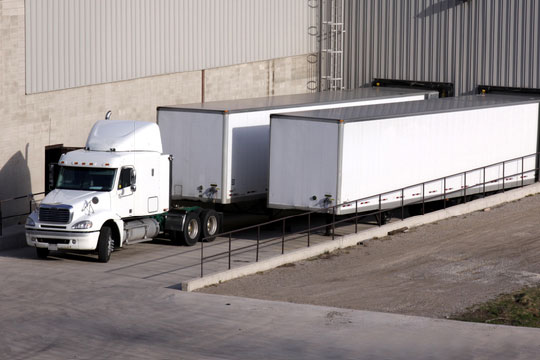
A GRI, or General Rate Increase, is the average amount a less-than-truckload (LTL) carrier will increase their base shipping rates. Typically, industry leaders are the first to announce a GRI. When they do, others quickly follow.
Continue Reading
6월 15, 2017
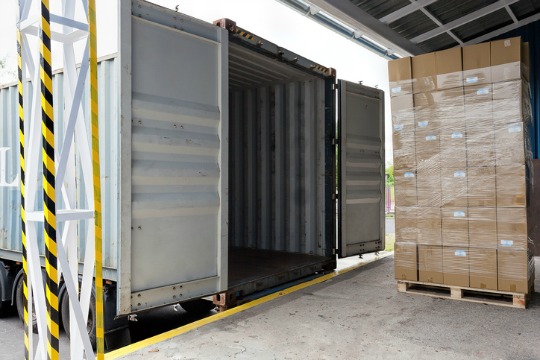
Whenever fulfilling a shipment to a trade show or convention, it’s wise to incorporate additional planning. Making the right transportation decisions for the display and materials you’re shipping can save you precious time and money, while also helping to avoid any unnecessary headaches.
Continue Reading
5월 11, 2017

Companies will often choose less than truck load shipping (LTL) when they feel their freight load will not be enough for a full trailer. Although, for many businesses, shipping via LTL across the country, or even locally, can be stressful and time consuming without proper knowledge and assistance.
Continue Reading
4월 28, 2017
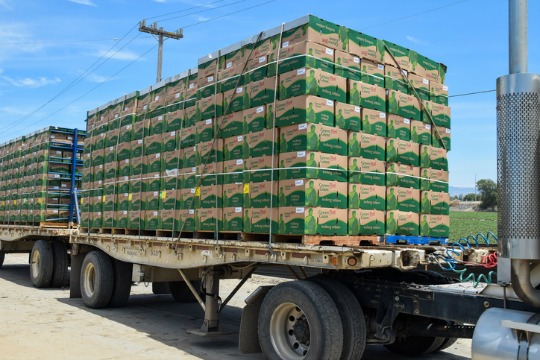
As of April 2017, the Food and Drug Administration (FDA) will be fully enforcing the latest regulations regarding the new Food Safety Modernization Act (FSMA) Sanitary Transportation of Human and Animal Food (STF) rule. The Act, which was passed by congress and signed by the President recently went into law.
Continue Reading
4월 5, 2017

Basic freight shipping services typically include a contract carrier pulling up to a dock, where the shipper loads their freight and it’s on its way. The delivery process is similar. Drivers are likely pulling up to a dock where consignees are prepared to receive and unload the shipment. Freight carriers are not usually expected to touch the freight.
Continue Reading
3월 9, 2017
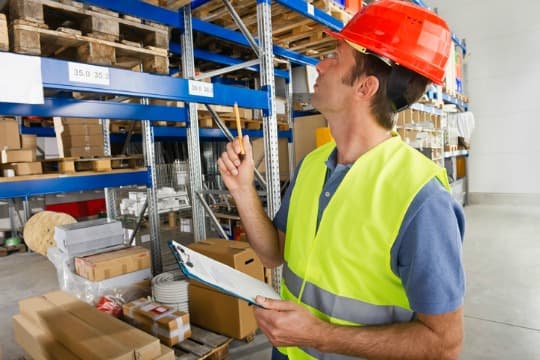
Today’s businesses are under increasing pressure to reduce costs while improving overall efficiency. When it comes to shipping, one of the primary challenges businesses need to address is often referred to as “the Amazon effect.”
Continue Reading
12월 18, 2016
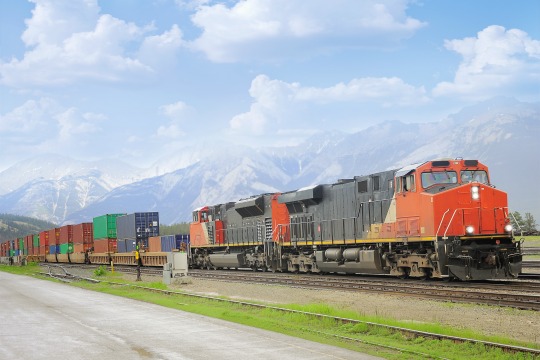
When considering freight shipping options, it’s common for shippers’ minds to go straight to trucks, especially when sending goods domestically. However, intermodal transportation can be the right choice in certain scenarios.
Continue Reading
10월 18, 2016
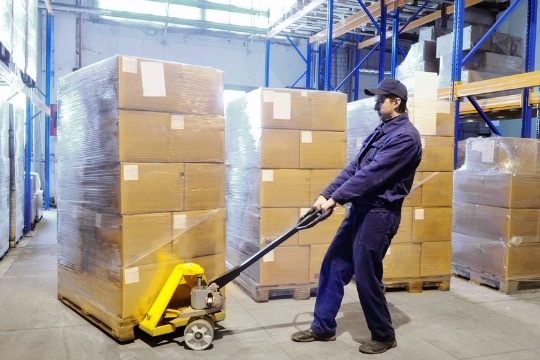
When a company is developing a new product, it does not simply roll a polished version off the assembly line. Before a new product launches, a series of steps take place.
The same kind of business processes and thinking can be applied to LTL freight shipping.
5월 12, 2016

When your customers are relying on you to move goods quickly, you're likely short on the time needed to scour the expansive market for the best shipping rates. However, shippers can usually depend on freight service providers for convenience and competitive freight shipping rates.
Continue Reading
5월 4, 2016

Filling up at the gas pump has been far less painful lately. Oil prices, and subsequently retail gasoline prices, have plummeted from historical highs.
Continue Reading
4월 21, 2016
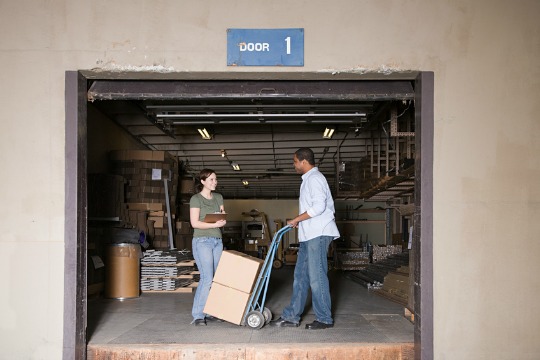
Sometimes there is more freight requiring LTL delivery than there is available capacity. Even when there is an imbalance between demand for LTL and supply, options exist to move freight in a cost-effective manner.
Continue Reading
12월 4, 2015

Every winter, you can find a real Christmas tree for sale on almost every street corner. From the Boy Scouts and local churches, to national hardware stores and large retailers, fresh, green trees are in abundance.
Continue Reading
11월 12, 2015
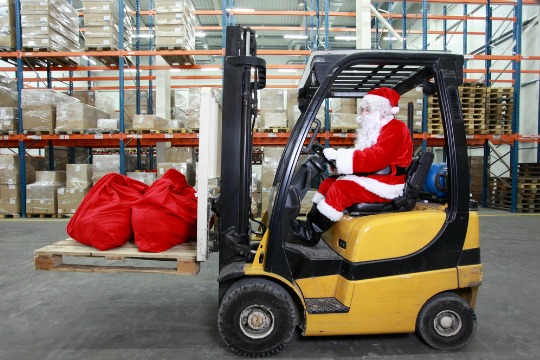
Holiday shipping is once again upon us. Retailers are in a race to deliver with U.S. online sales expected to expand 12% to $371 billion this year, representing 10% of overall retail sales.
Continue Reading
7월 10, 2015

Freight shipping information can be overwhelming but visuals offer an alternative way to sort through it. Infographics are a great tool to aid those that prefer information organized in a visual manner, compiling data and graphics together.
Continue Reading
5월 7, 2015

Freight shipping's role in commerce has developed alongside business growth, and that business growth is driven by buyers who expect their goods to be delivered in a timely manner. To be frank, freight shipping keeps the United States' wheels turning. We've put together a list of 20 fascinating freight shipping statistics that clearly illustrate freight shipping's role in the economy.
Continue Reading
3월 24, 2015

Your freight could move by a variety of means. Prior to choosing which is best suited for your freight shipping, there are a number of important factors to consider, and they will help you determine which option is right for you.
Continue Reading
2월 7, 2013

Valentine’s Day is all about love, but have you ever thought about the logistics involved, especially when it comes to shipping chocolate? Americans will purchase over 58 million pounds of chocolate in the days leading up to February 14th. That’s a lot of chocolate and for suppliers, it takes heart-felt effort to get that chocolate to you and your special someone.
Continue Reading
8월 22, 2012

Historically, the freight shipping industry starts hitting peak season in September, kicks into high gear in October and winds down during the first week of November. Most of peak season is caused by manufacturers wanting their products in stores to supplement holiday inventory, however other industries simply have high freight needs during the fall.
Continue Reading
11월 1, 2009

Railroads reportedly move about 40 percent of American freight and are therefore critical to the United States economy. In addition to connecting businesses across the country, freight rail also contributes billions of dollars each year to the economy via their own purchases, jobs and taxes.
Continue Reading

Freightquote assists many customers in arranging domestic and international intermodal shipping. This simply means that the freight is shipping via several different modes of transportation. Domestic intermodal shipping generally consists of rail and truck freight carriage. In international shipments, intermodal freight can be carried by any combination of truck, rail, air and ocean-going carriers.
Continue Reading

It can be challenging to build a strategy that gives you more control over your freight when dealing with fluctuating shipping rates. Here are 5 tips to help you manage rates in 2019.
Continue Reading

Learning how to address damaged or lost freight starts with knowing how to protect your shipment. Make sure your shipments are taken care of before they hit the road.
Continue Reading

Unexpected accessorial charges can be avoided, but how do you avoid them? Learn more about what unexpected freight accessorials there are and how to address them.
Continue Reading

The LTL market continues to feel the impact of e-commerce shopping. How do you adapt your shipment plan during the holidays with e-commerce growth on the rise?
Continue Reading
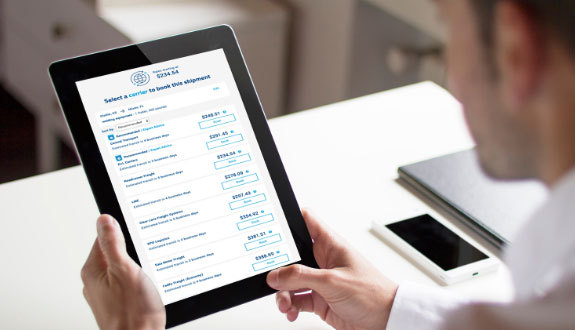
As a small business owner, you’re looking for a freight service provider that makes shipping simple and affordable. You also want one that tailors to small businesses. But what does a small business freight service provider really mean?
Continue Reading

Discover what Freightquote's tools for Etsy sellers means for small businesses. Save money and time on shipping through Etsy's partnership with Freightquote, and gain easy access to the powerful quoting tool for small business shipping.
Continue Reading

Produce season may span from April to June, but it can still impact your business throughout the rest of the year. Read how the changing capacity and costs that come with produce season should help shape your year-long strategy.
Continue Reading

Small business shipping is at the heart of what we do at Freightquote by C.H. Robinson. This is why we provide a self-service shipping tool that brings enterprise level solutions to the small business shipper.
Continue Reading

2020 has been a difficult year for small businesses. Between an ongoing pandemic and the usual fractured attention span of news organizations during an election year, small businesses struggle to stay in the headlines. Learn how Freightquote stands for small businesses this Small Business Saturday by helping companies reduce their freight shipping costs.
Continue Reading

We saw the impact of record low rates on the quality of shipments in 2019. As we look ahead to 2020, what can you expect and how do you take advantage of the coming trends?
Continue Reading

Navigate the complexities of less than truckload shipping with ease. Follow these four steps at pickup to make LTL shipping simple.
Continue Reading

The holidays are a busy time of the year for small to medium-sized businesses. Letting this season be a positive opportunity for your business is made possible when you have the right shipment plan in place.
Continue Reading

The topic of damaged freight – especially concealed damage – is a hot button for many shippers. Items can, in fact, be damaged despite intact packaging and a pristine-looking box.
Continue Reading
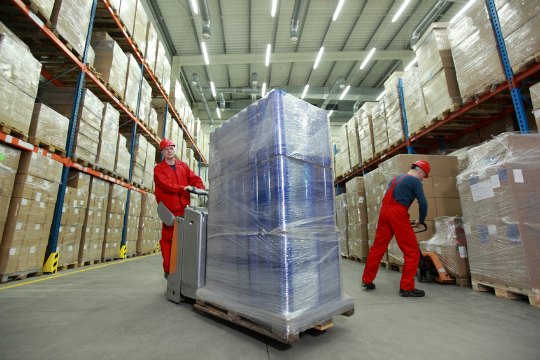
In an effort to help our customers with their freight shipping needs, Freightquote has created a freight shipping tips series.
Continue Reading
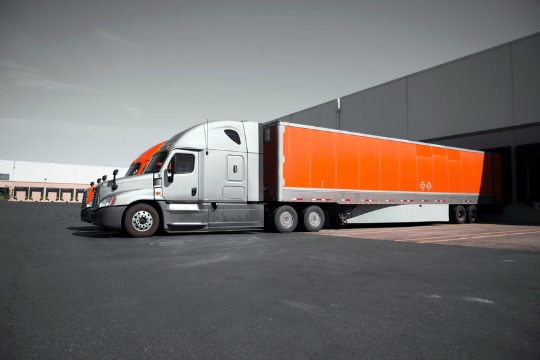
One of the greatest challenges shippers in America face is staying on top of the ever-changing truckload shipping market. Whether it’s industry-wide issues like driver shortages and market regulations, or seasonal shipping increases like Christmas tree season in the Northwest and produce season in the Southeast, changes in the market can directly affect shippers across the country.
Continue Reading

Partial truckload shipping is an under-utilized mode of transportation that avoids the cross-docking of LTL shipments and can lead to the big savings and fast transit times of full truckload shipping.
This shipping method can be a solution for those shippers that face a conundrum with mid-sized shipments on a daily basis. These shippers often only consider a less than truckload or a full truckload carrier.
Continue Reading
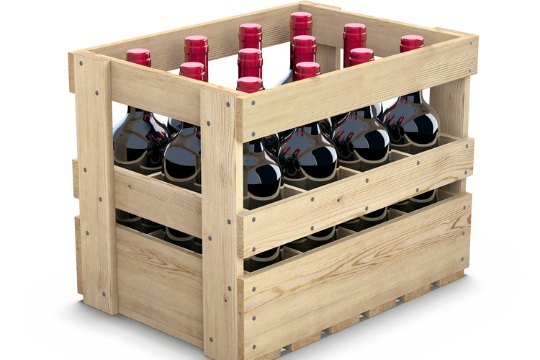
Many people think that shipping wine is just like shipping anything else, but it isn’t. Freightquote has been a key player in the wine distribution business for many years so we have gotten used to all the intricacies. First, we handle shipments coming off the ship and load them to our trailers to be delivered all over the country. There are many moving parts to this process and it has to be coordinated perfectly from the ship to door.
Continue Reading
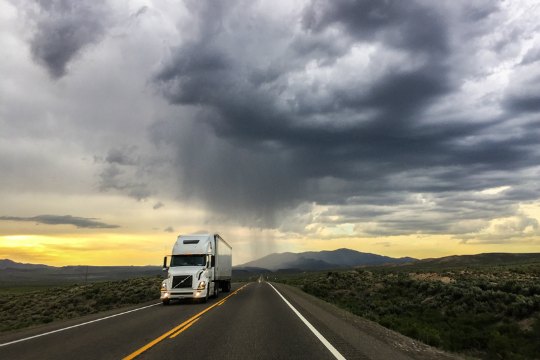
When a natural disaster strikes the nation, some aspects of the affected area must come to a stand-still in order to access, and even process, the damage. While that’s true for many things, it does not apply to truck traffic. Allowing trucks to continue their routes is critical to the safety and well-being of those in the immediate area, as well as for Americans throughout the country.
Continue Reading

In the unfortunate situation that your shipment is lost or damaged, it’s important to know what is covered by liability and what is covered by insurance.
Continue Reading
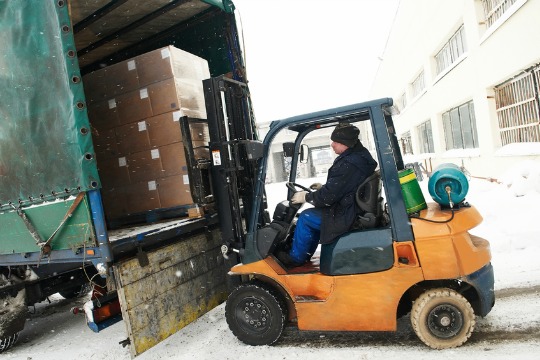
Some LTL freight shipments fall in between the standard definitions of LTL and truckload. These loads do not take up an entire truck but are often heavy, bulky or take up a lot of space. Enter partial truckload.
Continue Reading
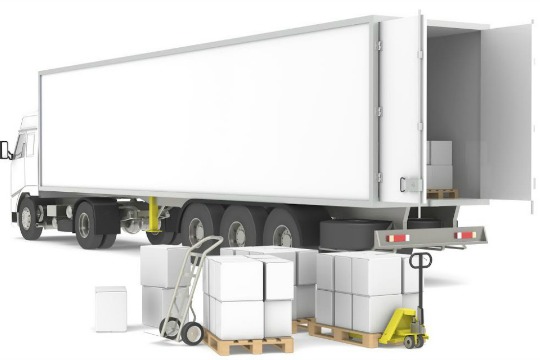
Less than truckload shipping is the ideal solution for shippers with too much freight for parcel carrier services but not enough to warrant a full truckload, with LTL shipments generally weighing 151-15,000 lbs. However, sometimes shippers get stuck when deciding between freight shipping options, since the decision can depend on a number of variables.
Continue Reading

When preparing a meal, it's important to know the ingredients to generate a consistent flavor, time after time. The same can be said about the freight shipping process, it too calls for a set of ingredients to generate accurate freight shipping rates.
Continue Reading

If you work for a business that relies on shipping goods across the country to loyal customers, chances are you need to focus your time and efforts on a top-notch product and pleasant user experience, not the multifaceted realm of freight shipping.
Continue Reading
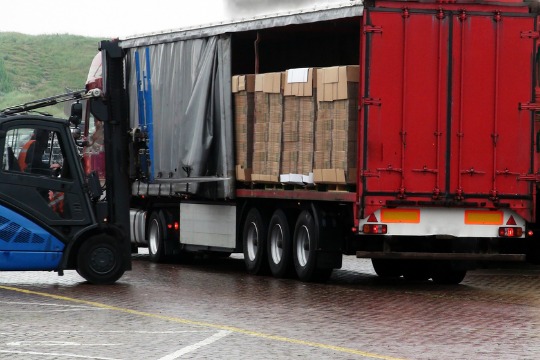
While many companies take time off around the Fourth of July, cargo thieves tend to do the exact opposite – turning the long weekend into one of the highest cargo theft periods of the year.
Continue Reading

To trade goods, you must have a way to move them. Freight shipping has always been a part of industry, but it has seen a lot of change since the days of the Silk Road. For one, you’re not likely accepting your delivery from a camel today. Our freight shipping infographic demonstrates how freight shipping has changed through the years.
Continue Reading

The first half of the year is in the books and freight shippers are planning for the next installment of 2015. To effectively prepare for the upcoming months, it's important to reflect on the industry trends observed this year. There were plenty of noteworthy news stories and statistics in the first two quarters of 2015.
Continue Reading

When you're vetting online freight shipping services, the sheer number of available options can present a challenge. However, with adequate research, you can easily narrow it down. To simplify this process, we've outlined what we see as the key attributes of a dependable freight shipping service.
Continue Reading

The way we consume daily news has certainly changed in the new millennium. While we used to rely on the 6 o'clock news and morning paper to keep us up to speed, we now have 365/24/7 access through online news channels, blogs and of course, Twitter.
Continue Reading

We are celebrating Truck Driver Appreciation Week by talking about the trucker's crucial role in our lives, transporting goods businesses and people depend on. Driving a truck calls for a unique skillset that helps to ensure those items arrive efficiently and safely.
Continue Reading

There are a number of factors to keep in mind when planning a shipment. With adequate research and preparation though, seamless shipping is a breeze. We have put together a quick checklist to help you when it comes time to ship.
Continue Reading

Though we provide the most accurate information possible on the bill of lading (BOL), freight shipping adjustments happen on occasion. A freight shipping adjustment occurs when the carrier corrects shipment specifications, resulting in additional charges due to the inaccurate information.
Continue Reading

This is not a new conversation, but it is a relevant one. The freight industry still does not have enough truck drivers.
Continue Reading
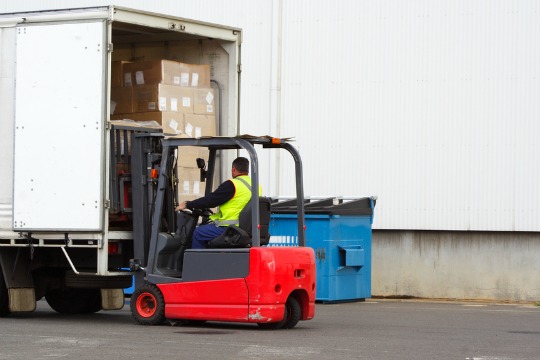
The U.S. transportation system ships a reported daily average of 54 million tons of freight worth almost $48 billion each day or about 63 tons of goods per person per year - a total expected to grow.
Continue Reading

Freight class - one of those things you must know when shipping LTL freight. The National Motor Freight Traffic Association (NMFTA) organized a system of groupings that include freight classes and their definitions to provide shippers and carriers with a practical and standardized means to base rates for shipments.
Continue Reading

As the second half of 2015 comes to an end, shippers and carriers alike are planning for the new year. Let's take a look back to prepare for what's ahead. This helps us understand what has happened and gauge the next market patterns - similar to what we did in the first part of the year.
Continue Reading

Companies that rely on LTL carriers to move products across the country are beginning 2016 with nearly a 5 percent increase in their shipping budgets. That's because last fall, the major carriers announced General Rate Increases (GRIs) averaging 4.9 percent, most of which have already taken effect.

Concern over the well-being of truck drivers and the safety of all who share the road has played a part in a federal mandate that will lead to the replacement of driver logbooks with a digital counterpart.
Continue Reading

Temperature controlled shipping, in the most basic terms, is the transport of goods that are sensitive to climate conditions. You want your produce fresh, your flowers blooming and your chocolate only melting in your mouth, right? Those items require special handling and storage during transport to maintain stable temperatures from dock to dock.
Continue Reading

The electronic logging device (ELD) mandate has been all over trucking industry news. The mandate is expected to make big waves, affecting 3 million commercial vehicle drivers, according to the FMCSA.
Continue Reading

We'll get to truckload shipping, but first, let's talk about chili. Talk to fans of the cold weather staple that ranges from bland and beany to meaty, melt-your-face spicy and you'll get a different recipe from each for an award-winning, best-ever chili. It's up to you to find the one that delights your taste buds - and that's often a combination of different techniques.
Continue Reading
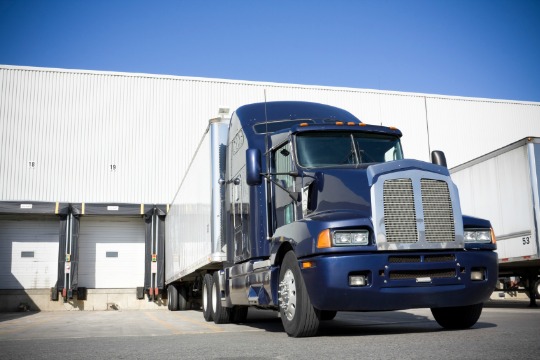
When manufacturers are tasked with building or choosing a warehouse, there is a laundry list of items to consider such as location, storage requirements and much more. Failure to factor freight shipping into this equation may cost manufacturers additional time and money.
Continue Reading

Intermodal shipments have been growing steadily over the past few years and continued growth is expected. In fact, the Intermodal Association of North America expects 3 to 4 percent growth for total intermodal volume in 2016.
Continue Reading

Location, dimensions and weight, shipping mode and freight type are the main components that impact freight shipping rates. While the freight shipping process involves many facets, thorough research and planning can better position you to find the most competitive rates.
Continue Reading

The possibilities abound with the internet and all of its resources, especially when it comes to freight shipping. While resources are meant to help you, sometimes it's hard to maneuver through the somewhat overwhelming amount of online assets.
Continue Reading

Technological advances in the manufacturing and supply chain industries have the power to reshape the freight shipping industry. These progressions enable demand-driven supply chains and also usher in an era of smarter manufacturing operations.
Continue Reading

Less than truckload (LTL) is the term used for the shipment of goods that don't require the whole space of a truck - while full truckload (FTL) is used for shipments that take up an entire truck's weight or space capacity.
Continue Reading

In many circumstances, a drop trailer program creates efficiencies for all parties involved in moving freight. That includes shippers, consignees (receivers) and carriers. These programs can be individually tailored for all trailer types, but are primarily for dry vans, flatbeds and temperature controlled trailers. Here are three things to help you decide if drop trailers will benefit your business.
Continue Reading

Whether you're a small business owner, logistics manager or someone that is responsible for handling the supply chain, there is one portion of the job that is a mainstay: freight shipping.
Continue Reading

The old adage "you get what you pay for" holds true in many situations and it's no different when it comes to selecting an online freight service provider. When you are shipping your company's goods, it's worth the extra time and potentially money to research providers and up your odds of safe and on time deliveries.
Continue Reading

About 122.5 million households, 7.5 million businesses and north of 90,000 governmental units rely on freight shipping every day to get their goods to those waiting on the other end. The challenge is, the senders and receivers of this freight are often times separated by hundreds or thousands of miles.
Continue Reading

Here at Freightquote, we take pride in the fact that we have a team of experts ready to answer any shipping-related questions customers might have. However, becoming and remaining an industry expert is reliant upon understanding what’s happening across the industry.
Continue Reading

When moving freight, do you consider intermodal shipping as an option? Many believe you have to spend a minimum amount on freight annually in order to ship by rail – that is a myth. With the softening of the market and need for additional freight, railroads have become diligent about converting truckload moves to steel tracks.
Continue Reading

As an employee or owner of an e-commerce company, building out your online storefront, creating a unique brand voice and marketing to your audience can all be very exciting, but also time consuming. As a result, it’s very easy to overlook the complexities that can come with shipping large, freight-weighted products to your customers after they hit “submit order.”
Continue Reading

When your business requires you to ship or receive freight, you may find yourself looking for ways to save money, and for good reason. At the end of the day, businesses are looking for the best way to get their goods from one place to another at the lowest rate possible.
Continue Reading

If you ship LTL freight, you have likely navigated the often-confusing freight classification system that’s widely used across the industry. Our team of freight experts recently put together a white paper with the freight class answers you might be seeking.
Continue Reading

As you evaluate ways to cut down on costs, you may begin booking freight shipments based on the lowest rates you can find. However, booking shipments based on cost alone could lead to a myriad of issues and unforeseen post-shipment charges.
Continue Reading

Summer in most parts of the United States typically means an abundance of sun and as a result, high temperatures. While sitting on a park bench and eating an ice cream cone can result in a melted mess with a simple cleanup to follow, damage done to temperature-sensitive goods as a result of the heat can be much more problematic for shippers.
Continue Reading

The shipping industry is on the peak of a massive transformation as today’s modern freight shippers rely on new and powerful digital technologies to accelerate efficiency. Change can be tough, but shippers realize that if they want to compete, they’ll need to abandon their old methods to truly find success.
Continue Reading

Out with the old. In with the new. At the end of the year, most drivers will be required to ditch their paper logs and start using electronic logging devices (ELDs). While the mandate creates a lot of confusion for carriers, it also opens opportunities to improve safety and efficiency.
Continue Reading
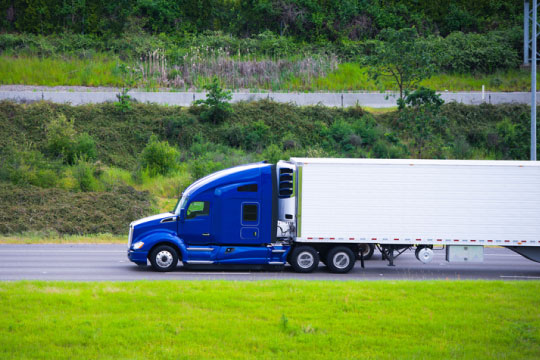
The FMCSA’s ELD mandate will go into full effect by the end of 2017, which means all trucks that aren’t currently complying with the new law will soon have to ditch the paper logs and start using the new electronic logging devices (ELD).
Continue Reading
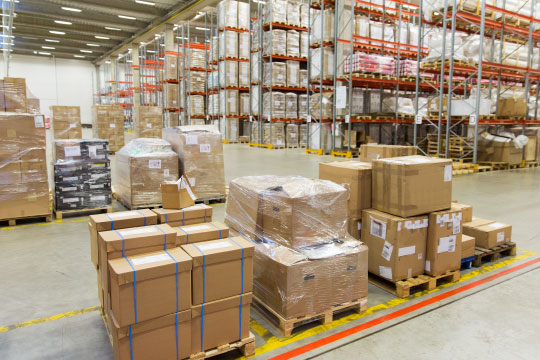
Are you convinced that less-than-truckload (LTL) shipping is the old way of doing things? Maybe it’s time to take another look. As both the manufacturing and shipping industries have evolved and modernized, LTL has become less of a stopgap or ad hoc service and more of an integral part of many supply chains.
Continue Reading

In recent years,
online freight service providers have become a welcomed aid for retailers everywhere who are aiming to achieve online and omnichannel success. In the broadest sense, businesses work with them to take care of supply chain needs, such as transportation of goods, warehouse management and reporting and forecasting. As an endless amount of goods are warehoused, sorting and distributing each shipment in and out is crucial for keeping the supply chain moving.

The trucking industry is subject to frequent economic fluctuations and legal regulations. As a result, freight shipping capacity varies and shippers are left having to navigate their way through the changes.
Continue Reading

Due to the precedent Amazon and Wal-Mart have set in regards to speedy shipping, retail companies are attempting to compete against these titans by increasing their investments in expedited shipping. When you have goods to deliver and no time to waste,
expedited shipping could be the solution to your time constraint and customer demand challenges.
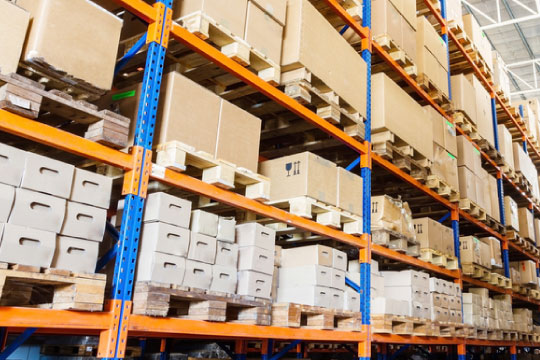
Shipping a single shipment can be stressful, but a multitude of shipments is often times chaotic for even the most organized person. This is where
project freight services can be useful.

Small business owner? Explore the benefits of using freight service providers and get our free freight shipping whitepaper.
Continue Reading

Do you hear those sleigh bells ringing? With the holiday season right around the corner, it’s time to start making your freight shipping checklist – and checking it twice.
Continue Reading

The e-commerce industry is growing year after year and presents many opportunities for traditional brick and mortar stores as well as online retailers. However, companies that sell products online or have warehouses spread across the country must consider the shipping aspect of their business and its impact on operations.
Continue Reading
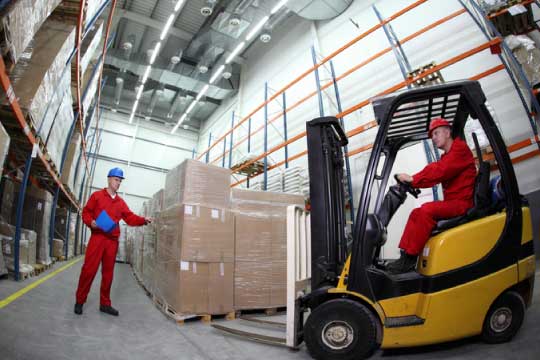
If you’re shipping freight, chances are it will require palletization. Shippers use pallets for varying reasons but primarily because they keep freight together and safe in transit. Unfortunately, both novice and expert shippers can make costly mistakes when it comes to preparing their pallet shipment.

For small business shippers, every advantage from exceptional customer service to consistent communication with carriers could mean a boost to the bottom line. A well-managed
freight tracking process is an effective way to provide the visibility required for businesses to keep their products on the move and customers satisfied.
To understand how the retail industry functions behind the scenes during the holiday season, we must look at the shipping challenges, as getting freight into and out of stores sets the table.
Continue Reading

Properly preparing and packaging freight will set any shipment up for success. When it comes to shipping food and perishables, however, there are a few outside-the-norm factors to consider.
Continue Reading
During the busy holiday season, it's important to stay on top of your freight shipping strategy. Extra volume, complex shipping windows, and other outside factors accompany the millions of gifts that will be ordered this year.
Continue Reading
.jpg?iar=0)
Before choosing LTL as a shipping method, it’s necessary to familiarize yourself with some of the basics. Here at Freightquote, we feel that it is our responsibility to educate our current and future customers so they can make more informed decisions. So, when it comes to LTL shipping, we have decided to share our tried and true best practices with you.
Continue Reading






























































































































































































































.jpg?iar=0)



